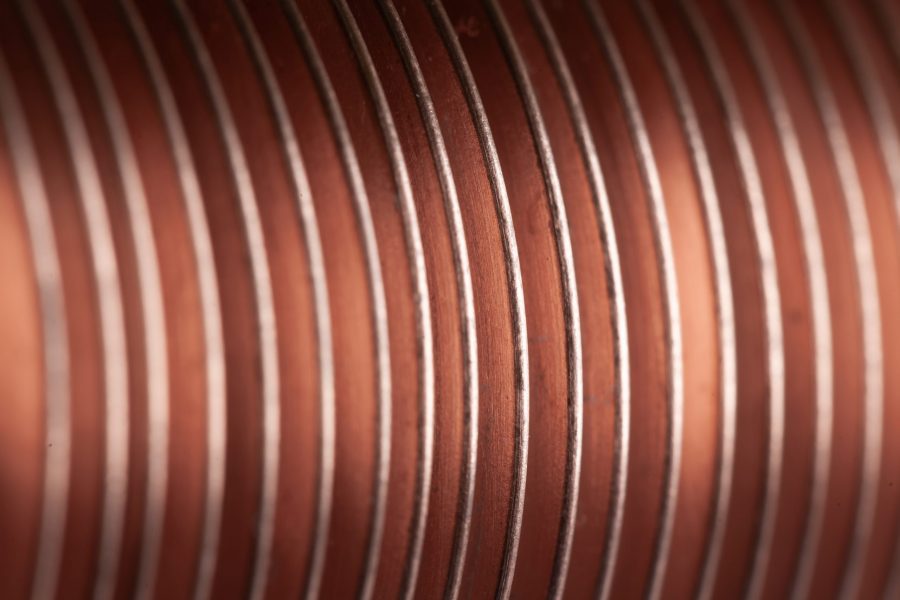Resonance can be defined as the sensitivity against a certain vibration frequency in mechanical structures. For an electronic circuit, the circuits with only one capacitor and coil are called the resonance circuits.
As it is known, the resonance effect is one of the important negative effects in terms of current harmonic. The frequency in which the internal resistance (inductive reactance) is equal to capacitive reactance is defined as the resonance frequency. Resonance is observed in all mechanical structures. It can also be defined as the sensitivity against a certain vibration frequency. Small vibration forces due to machine operations for electric engines, pumps and turbines can cause a problem if consolidated with the mechanical resonance.
While the vibration levels as a result of the resonance are often limited to small vibrations, this might change depending on the mechanical status. The most common example of the resonance is the resonance of the supporting structure near or close to machine rotation speed. Even the small vibration forces due to remaining instability and incorrect alignment can cause intense vibrations by stimulation the basic structure of resonance. Machine components can also have resonance.
Post Content
Resonance Effect Types
The effects of resonance can be investigated under two different titles as positive and negative.
- The positive effect of resonance occurs when groups release electrons to other molecules with the delocalization process. These groups are often indicated as +R or +M. In this process, molecular electron density increases. For example: -OH, -SH, -OR,-SR.
- The negative effect of resonance occurs when groups take electrons from other molecules with delocalization. These groups are often indicated as -R or -M. In this process, molecular electron density decreases. For example: -NO2, C=O, -COOH, -C≡N.
The Effects of Resonance on System Mechanics
The resonance has various effects on the electric circuits, especially on capacitors. The most important effects of resonance can be listed as follows:
- The voltages for capacitive and inductive system components increase. As a result, inductive and capacitive system components draw overcurrent.
- The isolation of the circuit components becomes challenging. In addition to capacitor dielectric material ruptures, there might be permanent damages due to overheating.
- The energy quality will be negatively impacted due to increased total current harmonic distortion caused by the increased current harmonic voltage.
Resonance Circuit Applications
Operating a circuit at the resonance frequency can be visible in various applications. A parallel LC is used in an oscillator as a tank circuit at the resonance frequency. A series of continuous, oscillated pulses that energize components such as microcontrollers and communication ICs are the result. Tense has all the necessary configuration and simulation tools to make a circuit operate at the suitable resonance frequency.
In an electric circuit with a parallel capacitor and inductor, anti-resonance will occur when the alternating current line voltage and the resulting current have the same phase. Under these conditions, the line current is extremely small due to the high electrical resistivity of the parallel circuit. At this point, a capacitor can be used for the power factor.
Resonance and Capacitors
Resonance is also used for creating a stable frequency condition for circuits designed to generate AC signals. In general, a parallel (tank) circuit is used for this purpose. While the capacitor and inductor are directly connected, the energy exchange occurs between them. The circuit components called capacitors draw the first and intense current harmonic generated by the distortion loads on the system due to their inner structures and impedance values.
As a result of this action by the capacitors, there will be both electrical and mechanical compulsion. For a healthy facility operation, compensation with a capacitor that has a series of the reactor would be a more suitable choice rather than the compensation solutions that only use capacitors.
Resonance and Current Harmonic
The capacitor is the system element impacted from the current harmonic at the highest level. The capacitive resistance of the capacitor will increase as the frequency increases. This might lead to a high capacitor current for a low harmonic voltage in applications.
If the capacitor frequency is close to any current harmonic frequency, partial resonance might occur. The high current during a partial resonance will lead to capacitor heating and dielectric loss. The harmonics should be prevented as much as possible to prevent resonances and to ensure safe facility operations.


